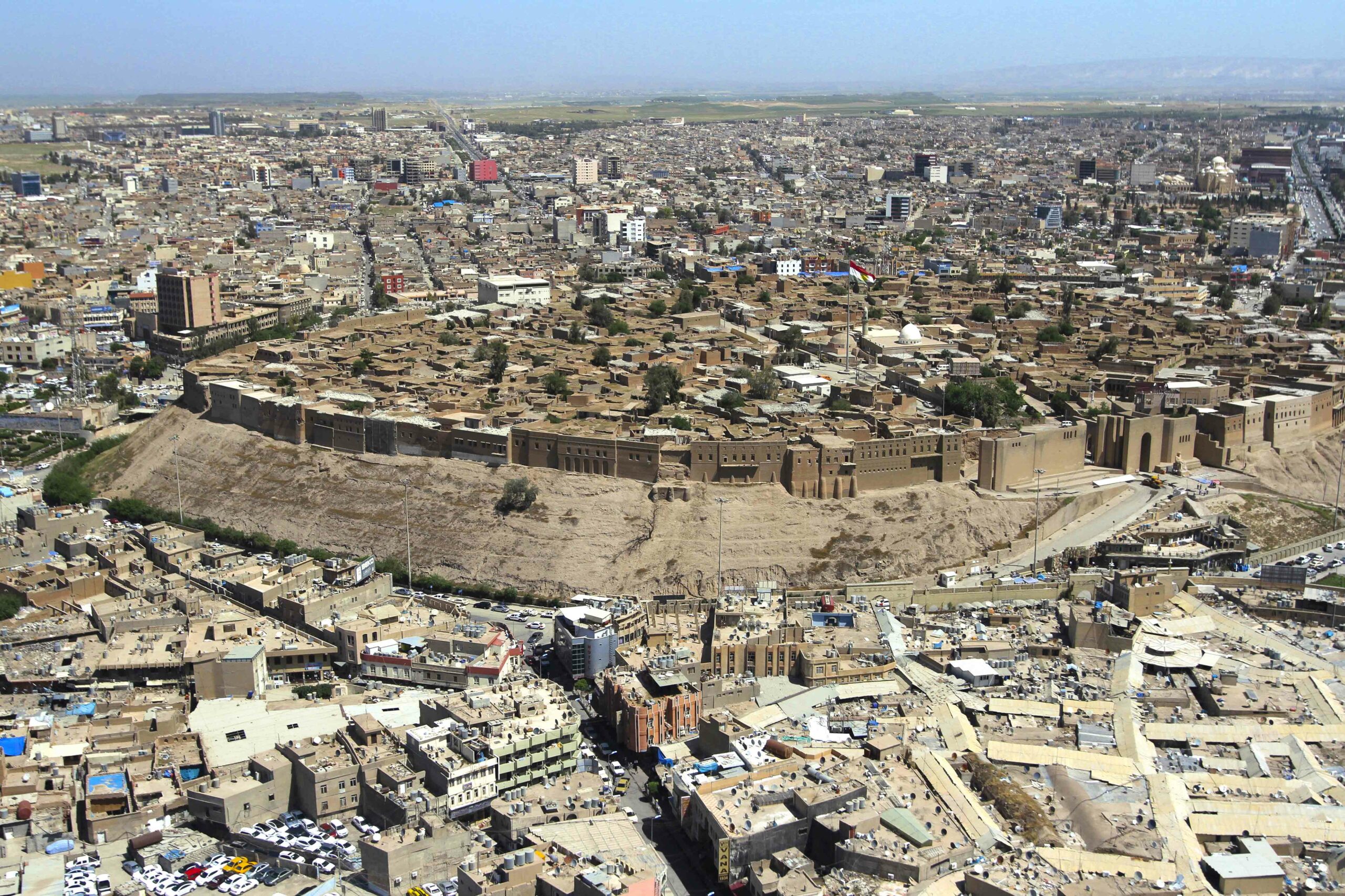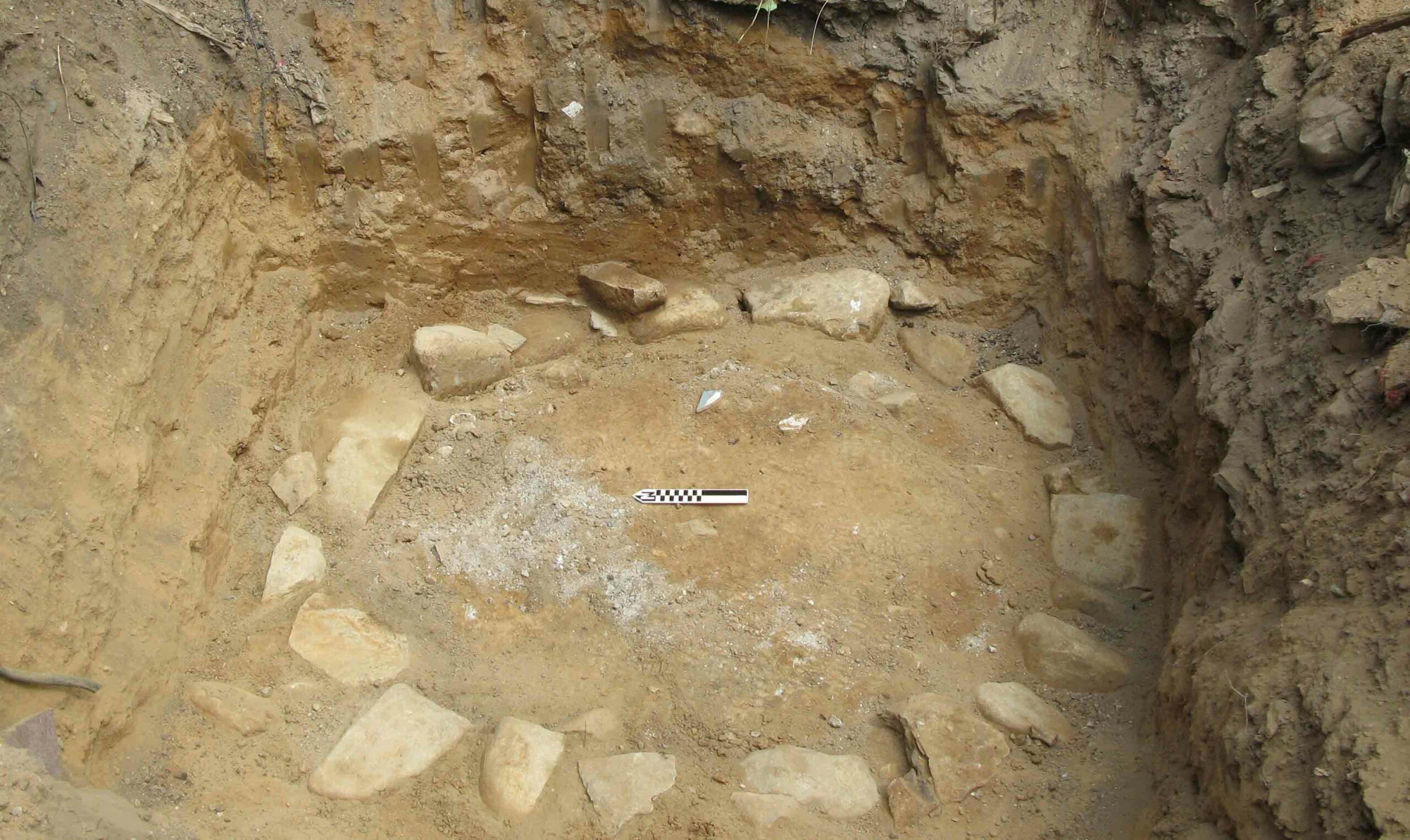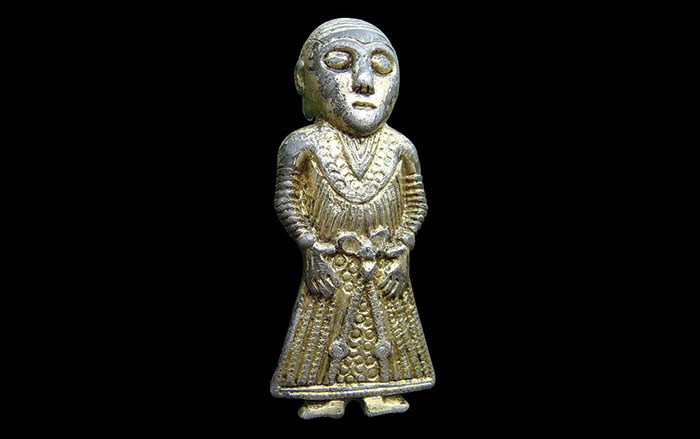
CAMBRIDGE, ENGLAND—A new study shows that 3,600 years ago farmers were raising crops and livestock at unprecedented altitudes on the Tibetan Plateau. “Until now, when and how humans started to live and farm at such extraordinary heights has remained an open question," archaeologist Martin Jones said in a University of Cambridge press release. "Our understanding of sustained habitation above 2,000 to 3,000 meters on the Tibetan Plateau has to date been hampered by the scarcity of archaeological data available." To address that gap, Jones and his colleagues studied animal bones and plant remains from 53 archaeological sites in the region. They found that the inhabitants of the Tibetan Plateau adopted a then-novel approach to agriculture and pastoralism, relying on a diversity of crops, including cold-tolerant wheat and barley, as well as sheep, cattle, and pig, to sustain year-round habitation at ever higher altitudes at the same time that the climate was getting colder. Jones thinks that study of such ancient agricultural practices can help modern societies. "The more we learn about the rich ecology of past and present societies, and the wider range of crops they raised in the world’s more challenging environments, the more options we will have for thinking through food security issues in the future.” To read more about early agriculture, see "Can Barley Tell the Tale of Civilization."










